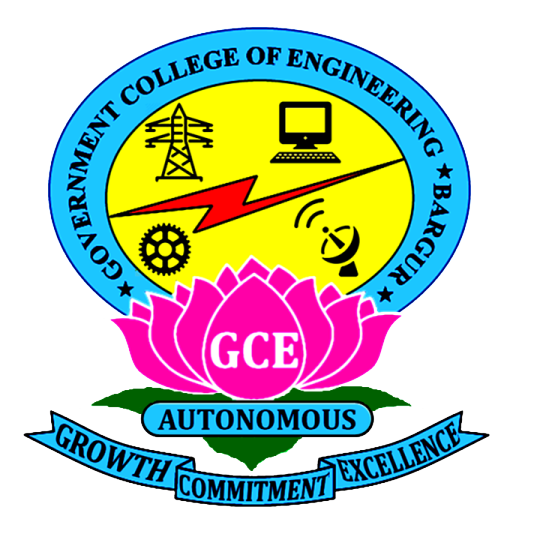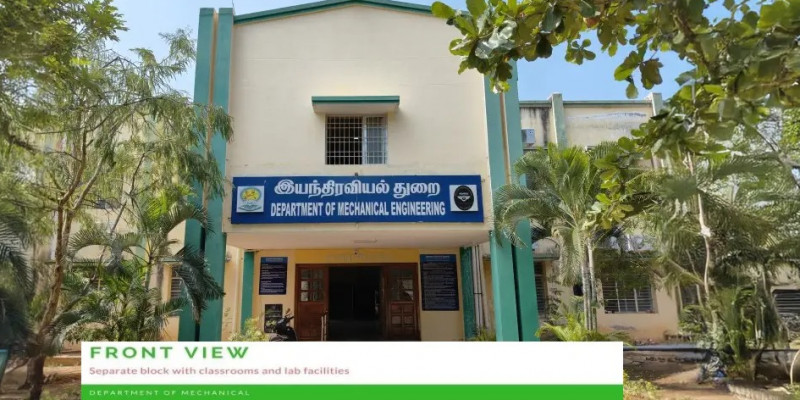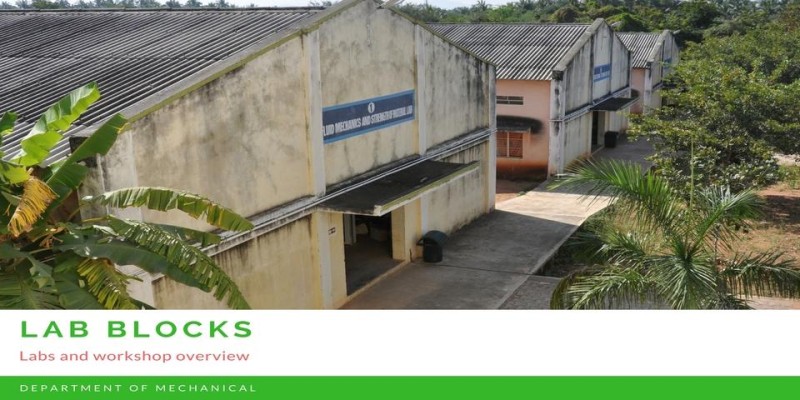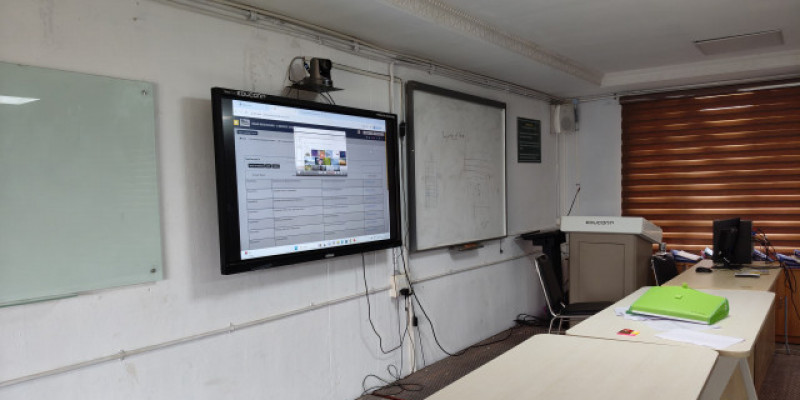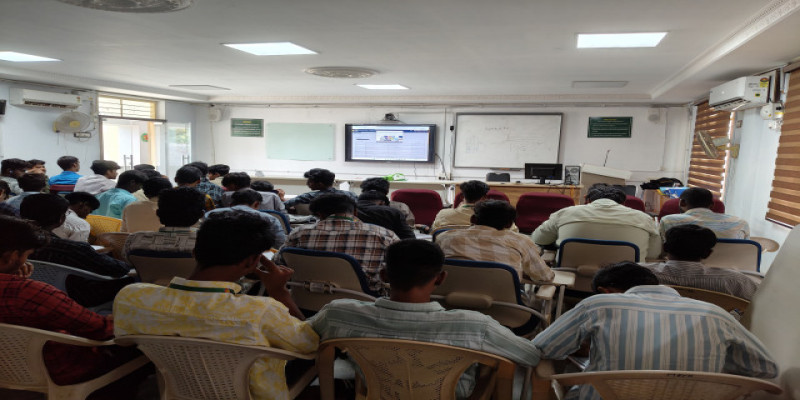Vision Statement:
“The Mechanical Engineering Department strives to be recognized for education and research leading to qualified engineers, who are innovative, entrepreneurial and successful in advanced fields of engineering and research”
Mission Statement:
"Prepare Engineering Students for Successful Careers"
by
1) Imparting quality education to the students and enhancing their skills to make them competitive mechanical engineers.
2) Maintaining vital, state-of-the-art research facilities to provide its students and faculty with opportunities to create, interpret, apply and disseminate knowledge.
3) To develop linkages with R&D organizations and educational institutions for excellence in teaching, research and consultancy practices.
